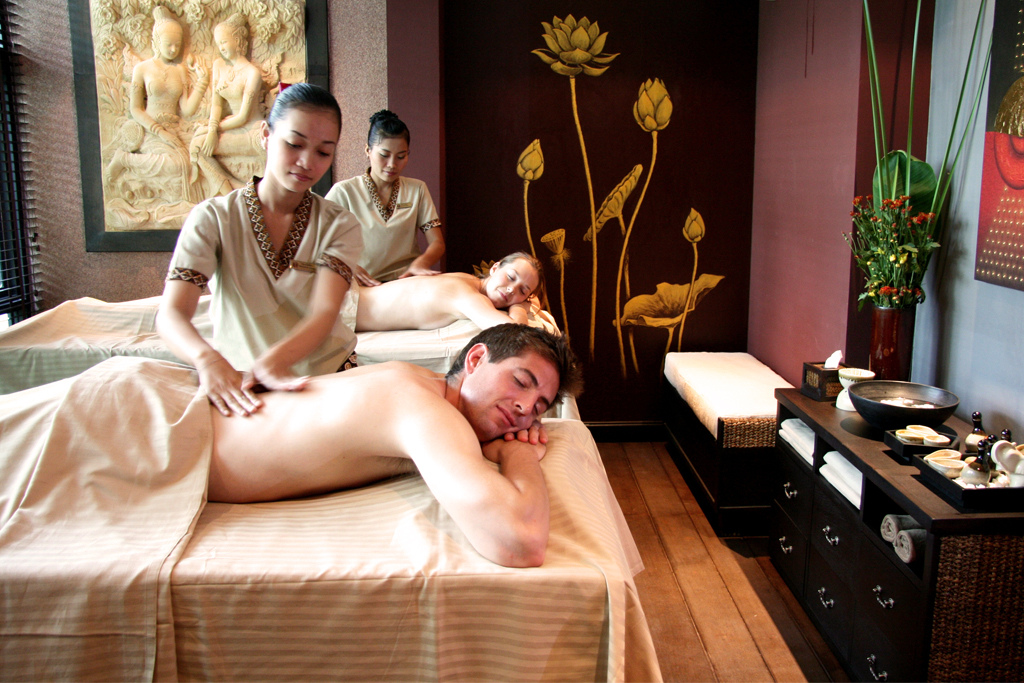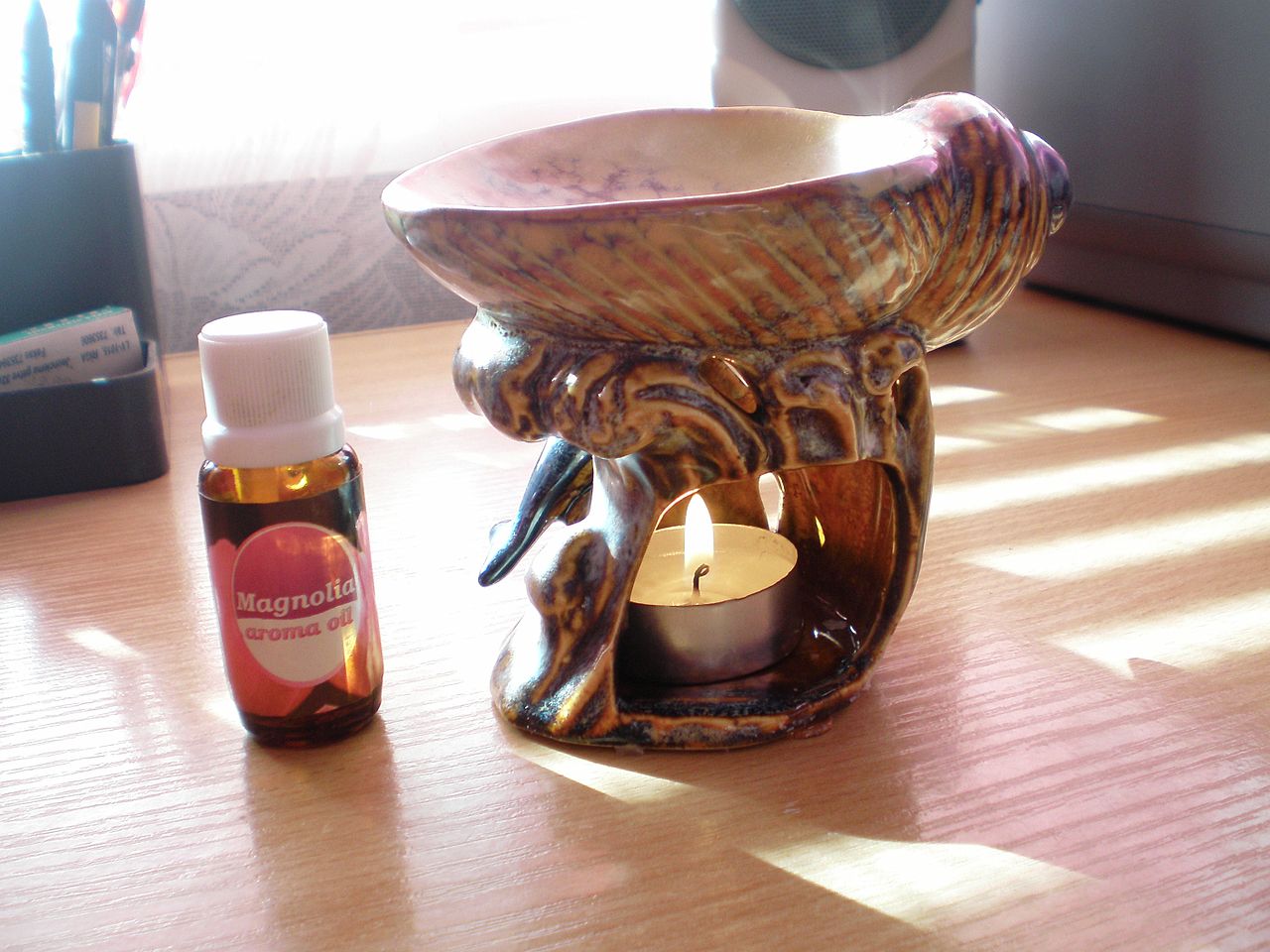Aromatherapy: How it Works and its Effectiveness
On Feb 27, 2014
Every one of us deals with stress that arises from the demands of a hectic, oftentimes unpredictable life. But not everyone deals with stress the same way; some may choose not to address their taxing mental strain at all and while others may let loose with entertainment and nightlife. I am one of those people who are still learning of how to effectively cope with stress. So to help you all—and also help myself—I will be exploring aromatherapy, an age-old method used to relieve stress and its symptoms. Note however, that I will not be thoroughly covering every aspect of the treatment, just briefly pinpointing its chief characteristics and functions.
How Essential Oils Are Extracted

First, I will introduce essential oils (the main component needed for aromatherapy) and how they are extracted. Essential oils used in aromatherapy are usually extracted from leaves, flowers, bark, roots and fruit of aromatic plants. Such plants include ginger, jasmine, rose, peppermint, chamomile and more that may sound a bit foreign such as marjoram and patchouli. Distillation using steam is the most common technique employed in extracting oils from these plants. In this process, steam rises up and penetrates the plant which removes the plant’s constituents. The steam is then carried upward through a tube to a condenser, where it cools back into liquid. The oil from the liquefied mixture will either settle on top of or underneath the water depending on how heavy the oil is. Other modes of extraction used are expression, solvent extraction, and CO2 hypercritical extraction. Expression is normally used for squeezing out the oil that is stored in the zest, or grind of citrus fruit. Solvent extraction is for delicate flowers that are too frail to be distilled. Solutions such as methanol, hexane, and petroleum ether are used to remove the oils in this process. Last but not least is CO2 hypercritical extraction, which is still a fairly new practice devised to separate the oil from the plant. In simple terms, the liquid form of the chemical compound can serve as a solvent. The liquid CO2 will spread throughout the plant, forming a mixture whose scent will be close to that of the plant before extraction.
What Exactly Is Aromatherapy?
Aromatherapy is best described as a healing process by way of smell. Some experts contest that the molecules from essential oils send signals to certain parts of your brain—for example the amygdala—where your emotions are stored. In fact, the region of your brain responsible for smell, called the olfactory bulb, is located in proximity to the center of your emotions, the amygdala. Essential oil scent may stimulate your amygdala and thereby affect your physical, emotional, and mental health. Inhaling is not the only way aromatherapy can be used. Another common method of application is directly onto the skin–whether it be through massage/body oil or facial creams and lotions. You can dilute these products by adding just a couple drops of essential oils and blending them. These essential oils based mixtures are adopted in a wide range of settings. They may be used by individuals for personal care at home and at the spa, or in a more professional environment such as hospitals. Overall, aromatherapy is a powerful type of alternative medicine that if applied correctly, may reduce stress and anxiety.
Vanderbilt Study

One issue with aromatherapy is that scientific evidence confirming the validity of essential oils in improving health is few and far between. However, a study conducted at Vanderbilt University back in 2010 has demonstrated that aromatherapy does in fact have the capacity to reduce stress. In the study, essential oil diffusers, each with a 15ml bottle of essential oils per week, were added to five areas in the Vanderbilt Emergency Department. These areas included nurse work stations, hallway spaces, and a triage area. Thirty days before and after the study, participants were provided with questionnaires. The questionnaires asked partakers about their stress levels at the workplace and in their personal lives.
Those who experienced stress in their work environments before aromatherapy sessions, significantly decreased their stress levels after aromatherapy. 41% of Vanderbilt Emergency Department staff members experienced work-related stress 'very often' before the study while only 3% experienced work-related stress 'very often' after essential oils were introduced into their workplace. In addition, 84% of staff members agreed that essential oil diffusers contributed to a more positive work environment in the Emergency Department. People that were ‘sometime’ stressed at work actually saw a rise in their stress levels after aromatherapy sessions, suggesting that aromatherapy was most effective in employees who had high baseline levels of work-related stress. The results for how aromatherapy affects personal lives were less consistent than the outcomes for the first category. Participants who were ‘very often’ stressed in their personal lives observed a shrinkage in stress levels; those who were ‘fairly often’ stressed actually claimed to be more stressed after aromatherapy. Stress levels for individuals who experienced stress ‘sometimes’ remained the same. While this study does seem to show a correlation of workplace-related stress reduction in the highest stressed individuals with aromatherapy, it does not demonstrate causality.
Conclusion
Though aromatherapy is not a tried and true method of reducing stress and existing scientific proof on its effectiveness is lacking, it may not hurt to give the treatment a chance. As someone who works in beauty services part-time, I can attest that the number of people who visit the store for aromatherapy massages have increased over the years. Every single customer who has come in for aromatherapy declared afterwards that he/she felt much more relaxed than before. If you are now curious about aromatherapy, Central Skin has an Essential Oils and Aromatherapy section that may serve as a good starting point. Try different products until you find your best ‘fit’ and seek out a certified aromatherapist in your area. The journey towards ridding of stress completely will take some time but aromatherapy may put you on the right path.
Interested in more great articles from Central Skin? Check out our skin care and dermatology-related article collection!



Comments
Leave a Comment